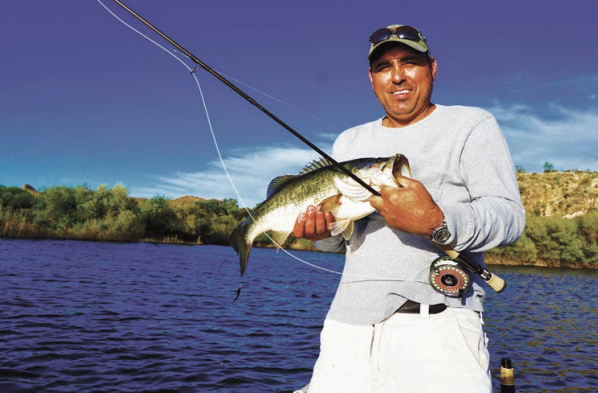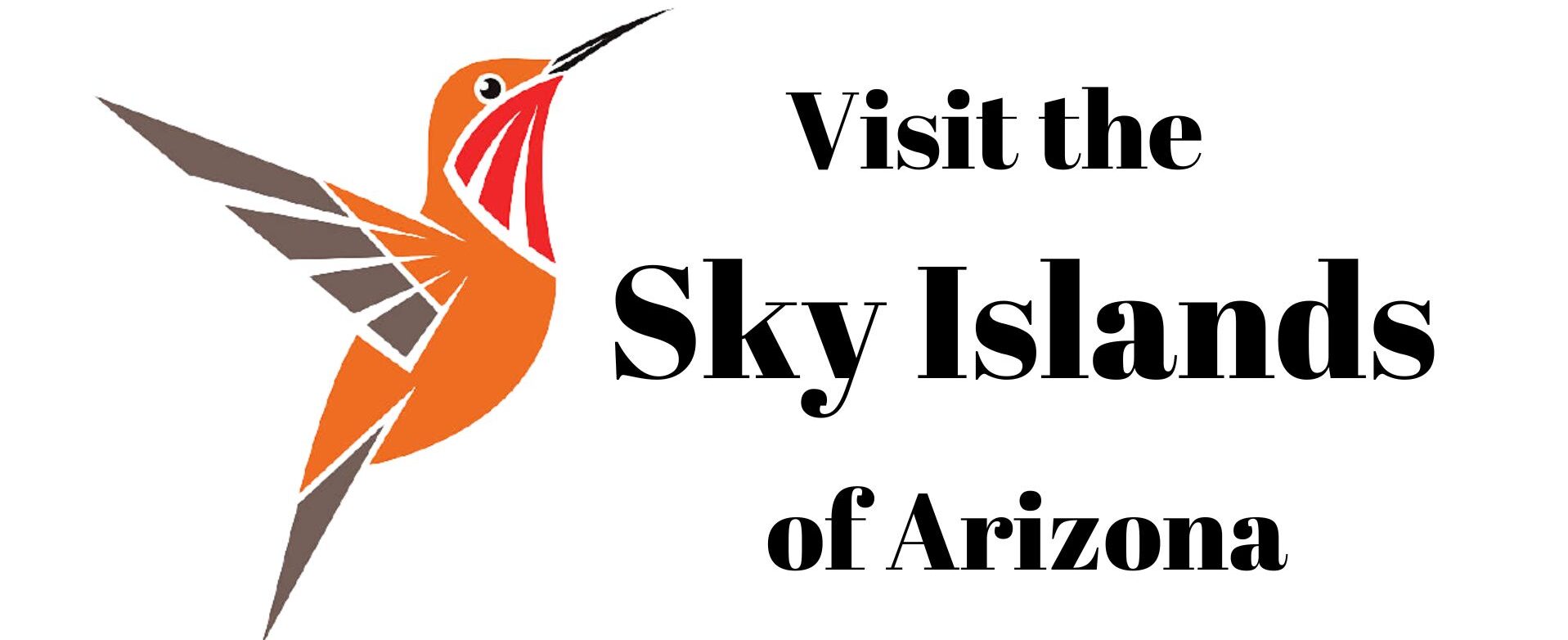Written by Dave Brown. Reprinted by permission of the Patagonia Regional Times.
When I moved to Patagonia 16 years ago from Calgary, Alberta, I took full advantage of the world-class bird hunting found in the area. I was at a bit of a loss, however, about what to do with my free time when quail season ended.

As an avid fly fisher I found myself “jonesing” for a trout stream, but that would entail driving up to the Rim or Lees Ferry on the Colorado River, which would be a major commitment of time.
With a little research I soon discovered a few really good bass lakes that I could get to for a evening or morning fishing trip. Problem solved.
The arrival of spring generates a lot of excitement in the bass fishing community, as evidenced by an increase in the number of bass boats that are being towed through town enroute to Patagonia Lake.
Most always, the anglers are fishing with “conventional” gear. For this transplanted fly fisher, it’s a great time to get out on the water and target largemouth bass that have moved up into the shallows to spawn.
Although fly fishing for bass can sometimes be less productive than other fishing methods it still can produce a lot of fish and there is a huge “fun factor” in the sport.
We have four good bass lakes in the area. They include Patagonia, Parker Canyon, Pena Blanca and Arivaca Lakes. Some of these lakes are stocked with rainbow trout in the winter months. A couple of lakes are managed as Trophy Bass Lakes, where regulations restrict the number of bass that can be kept. In the case of Penna Blanca and Arivaca Lakes, motor restrictions prevail. Crappie thrive in these waters and can also be a lot of fun on a fly rod.
During this time of the year I have had good results fishing streamers (baitfish imitations) on sink tip lines, working them along likely looking structures like rock outcroppings or submerged logs. As the water warms up, weed beds will start to form which are also prime ambush spots for bass to hang out out in hopes of ambushing baitfish.
Bass fly fishing gear is pretty simple compared to what is required for trout fishing. For fly rods a 7 or 8 weight nine-foot rod will handle the heavy flies with ease and have the backbone to play and land fish quickly. Fly line selection is also very basic: a floating line along with a 10-15 foot sink tip line in the appropriate weight. Fly selection consists of a few streamers in different colors. Add a few poppers and you are good to go.
For those that want to plunge into fly fishing and don’t know where to start, Dry Creek Outfitters Fly Shop in Tucson is an excellent resource for fly-fishing gear and intel. They also offer free fly-casting lessons on Saturdays. Good luck and have fun!
